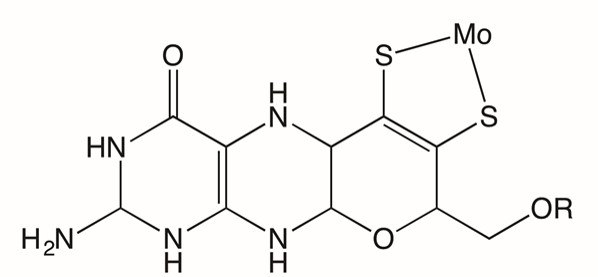Inorganic Synthesis
Enzymes containing the molybdenum cofactor catalyze a wide variety of reactions. The cofactor contains a pterin unit and a dithiolene unit that minds metal ions, such as molybdenum or tungsten. All of these components are redox active making it one of the most versatile redox active cofactors in biology. A major approach is to design and synthesize suitable molecules probing specific components of the active sites or reactivity. We often times use computational chemistry to help illustrate certain aspects of the synthesized ligands. DFT and QM/MM calculations have become more prominent and helpful in many aspects of chemistry, and some of our students have learned how to design and run these. Below are figures of the basic Moco structure and fold angle computations. We have synthesized several redox active metal complexes with cobalt, nickel, and other metals that can be checked out in our publication section!

